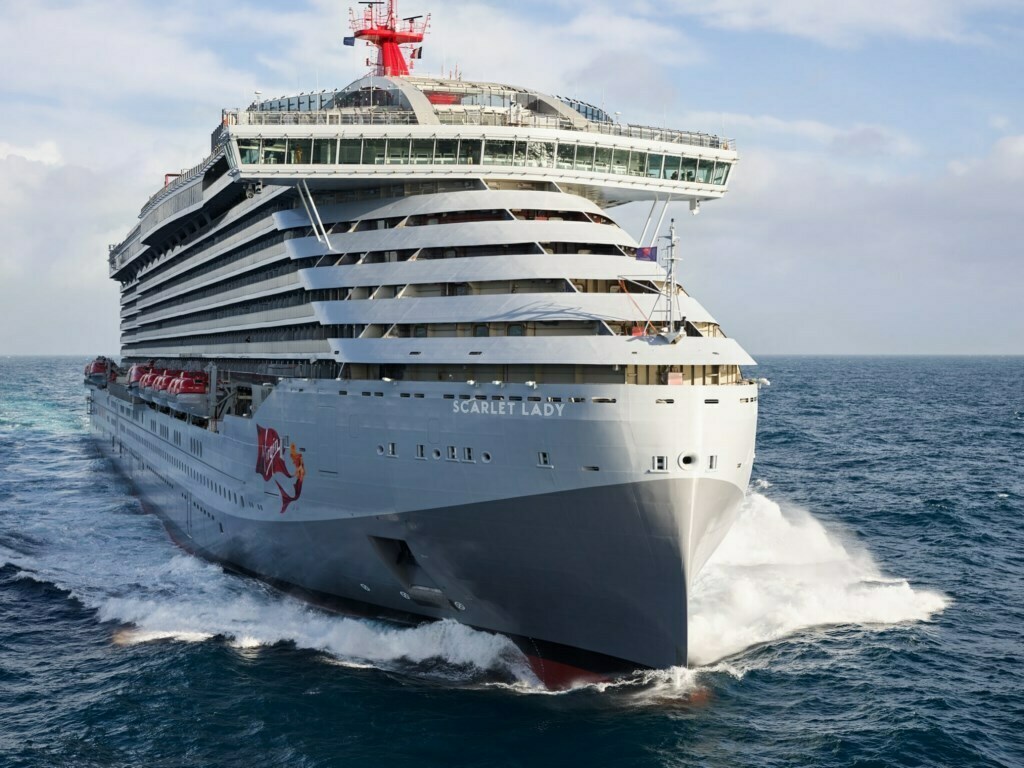
“HVAC is one of the most important systems aboard a cruise ship. To that end, we designed our ship based on industry best practices, working with Fincantieri and HVAC engineers. We are trading off energy consumption for passenger comfort, quality, and safety,” Andy Schwalb, chief marine and technology for Virgin Voyages, told Cruise Industry News.
“So, instead of building the most efficient air-conditioning system possible, we built the best air circulation system possible for the comfort of our guests and crew,” he added.
Aboard the Scarlet Lady, each public space has its own air-handling system, designed and optimized for each space.
“We are constantly putting fresh air into public spaces and cabins. While other ships may pump in fresh air too, the question is how often that air is exchanged. Our system is smart and adjusts according to how many people are in the room. So, the air may be exchanged every couple of minutes, or every five to seven minutes. It can go faster or slower.
“Some large spaces also have cooling coils that help keep the air cool, but we are not recirculating air.
“We also change the air in every cabin every few minutes. Each cabin has its own cooling unit, and there is no cross-contamination between cabins.”
“There are many ways to clean the air,” Schwalb said. “The most basic is to move fresh air through a filter and suck out the old air. That works up to a point, depending on how often the air is exchanged and how big or small the particles are that go into the filters. Some companies have gone to MERV 13 filters, which have a finer mesh, and some are putting UV lamps in their air handlers.
“We have chosen a different route, covering 100 percent of the ship with bipolar ionization.”
Schwalb explained how it works: “The fresh air comes into the space ionized with positively and negatively charged ions. They are attracted to particulate matter – pathogens, allergens, bacteria dust – and attach themselves. By doing so, they destroy the pathogens by stripping the hydrogen atom and make them bigger and heavier, which means the filters can better trap them, they are no longer able to attach themselves to people’s lungs, and they also fall to the floor.
“99.92 percent of viruses are killed instantaneously.”
In-door air quality in general is a problem, according to Schwalb, not just on cruise ships. Any building, any enclosed space, has challenges such as norovirus and influenza, for example, and the ionization takes care of all of that.
“In addition, we are also upping our filtration to MERV 13 where it makes sense,” he added. “We are doing absolutely everything that is possible. First of all, we want to keep everybody safe and healthy; and secondly, we think this will improve the (cruise) experience over the long run.”
Excerpt from Cruise Industry News Quarterly Magazine: Winter 2020-2021




